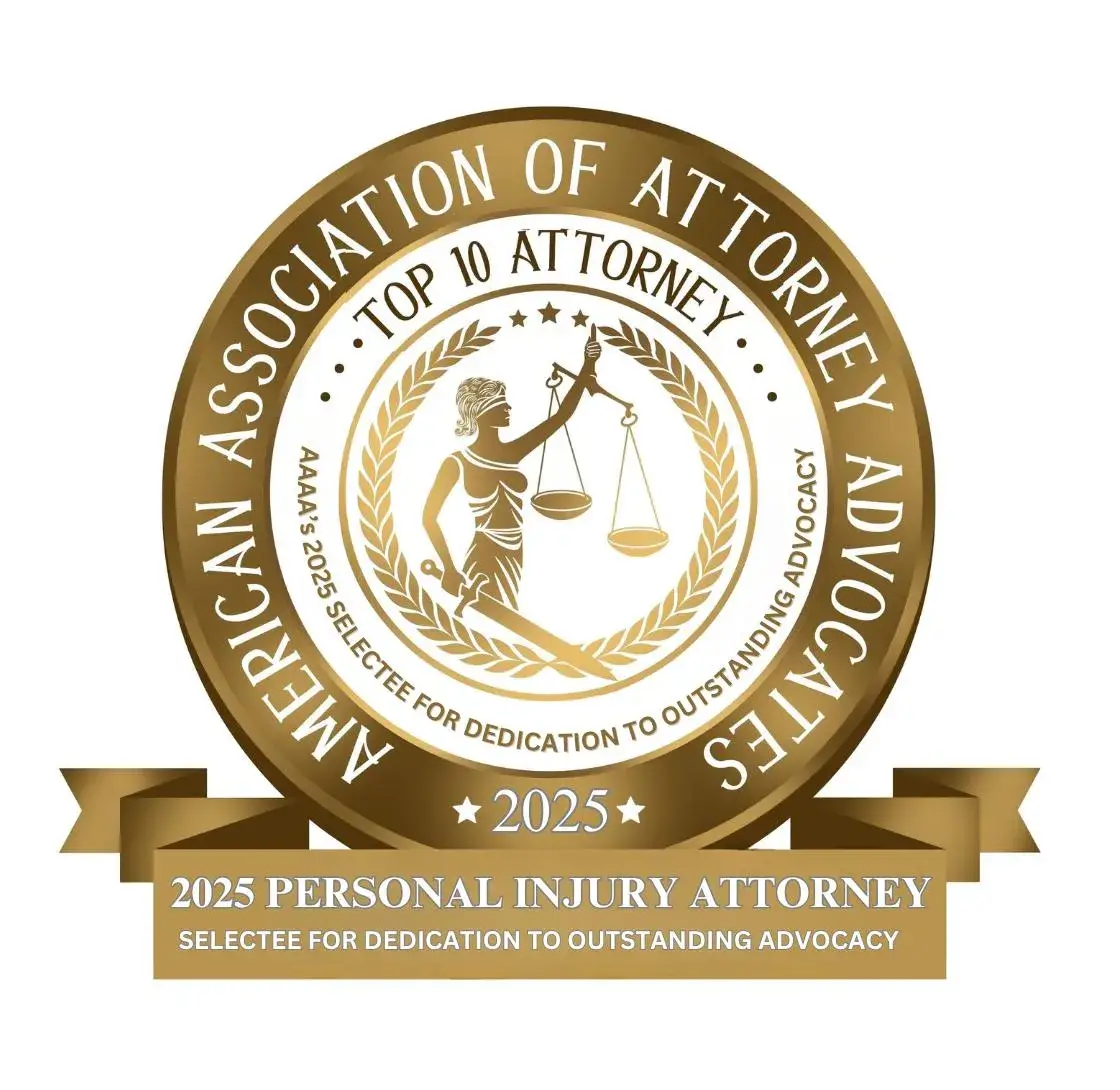Mining Standards and Working Place Examinations
There are always fears when it comes to mining in the workplace, as it can be an extremely hazardous job. One of the biggest fears in the mines are “heavy metals,” which are metals that can negatively affect people’s health when they become toxic. Some of the most common are Arsenic, Beryllium, Cadmium, and Lead.
U.S. Department of Labor Final Rule Protecting Workers
In a final rule that establishes working place examinations, nearly 250,000 United States miners will finally be offered protections. The U.S. Department of Labor’s Mine Safety and Health Administration announced this week that they will require examinations that will be conducted before minors are exposed to adverse conditions. They will also be required to notify miners when a hazardous condition is found and keep a record of all examinations, securing safety in the mining workplace.
Before these standards were put into place, miners were more likely to be exposed to hazardous conditions because examinations were typically conducted at the end of a shift after they were already exposed. Along with this, there were no provisions for miners to actually be notified of hazards found in the examinations. Joseph A. Main, assistant secretary of labor for mine safety and health, has stated, “The additional required communication – notifying miners of hazardous conditions – will encourage prompt corrective action and save lives.”
Too often, miners are losing their lives to the workplace. In fact, from 2010 to 2015, 122 miners were killed in an astounding 110 accidents at metal and nonmetal mines. There were citations issued in many of them, listing an unwarrantable failure to comply with provisions of the Federal Mine Safety and Health Act of 1977. In many of these cases, a miner could have been made aware of the conditions. This is exactly why the outreach is necessary.


















